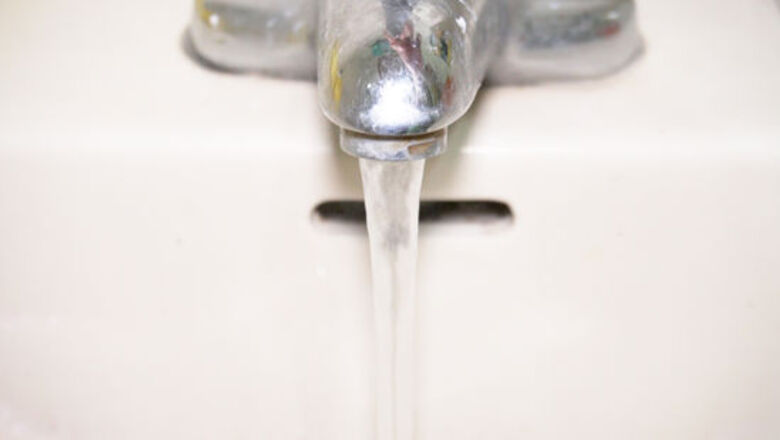
views
Plunging the Drain
Clear all the blockage from the drain. Wearing a pair of rubber gloves, pick out any debris that is blocking the drain. Oftentimes, hairs, soap scum, or other bathroom products can clog it. By removing the blockage you may fix the standing water problem immediately. If the water remains, you will need to take further steps.
Remove all standing water from the sink or tub. Before continuing, you need to remove all the standing water so that you can work on the drains. With a bucket, scoop out the water and dispose of it outside, or down a functioning drain.
Clear the overflow drain if there is one, then plug it with a rag. The overflow drain will usually sit below a tap. If the water level gets too high, the overflow drain helps the main drain get rid of the water. If there is an overflow drain, open it. An attached long coil will run down the drain. Put on a pair of rubber gloves. Remove any hairs, scum, or miscellaneous blockage attached to the coil. A clogged overflow drain can contribute to a standing water problem. Not all drains have a corresponding overflow drain. If there isn't one, disregard this step.
Begin plunging the drain, pushing in and out. Place the plunger over the entirety of the drain. The suction cup will prevent any air from leaving. Then, keep pushing the handle in and out. This will clear any blockages move them towards the plunger. You will know you've cleared the drain when you hear the pipes begin to empty. Patience is key when plunging. It's rarely a fast process, but it is an effective one.
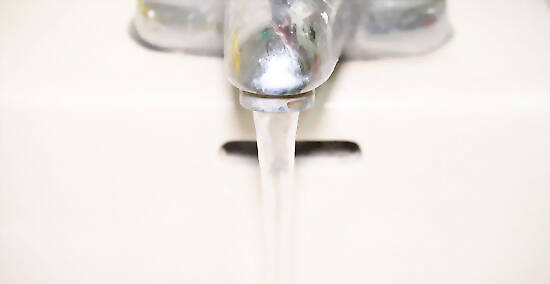
Run hot water down the drain for 5-10 minutes to clear any other blockages. Once you hear the drain clear of the blockage, remove the plunger. Turn a hot tap on and let it run through the pipes for 5-10 minutes. This will help clear any residual blockages.
Trying Baking Soda and Vinegar
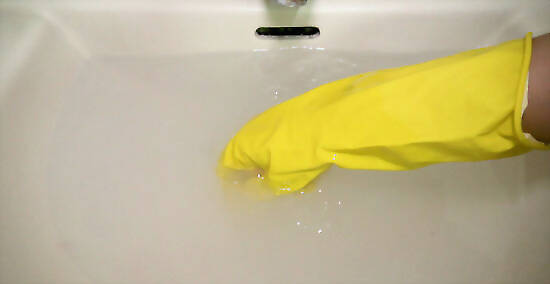
Remove any blockage in the drain. Hairs, bathroom products, or any other debris can cause the initial blockage. Use a pair of rubber gloves to remove and dispose of any debris clogging the drain. If this fixes the issue, you don't need to continue with the chemical cleansing process.
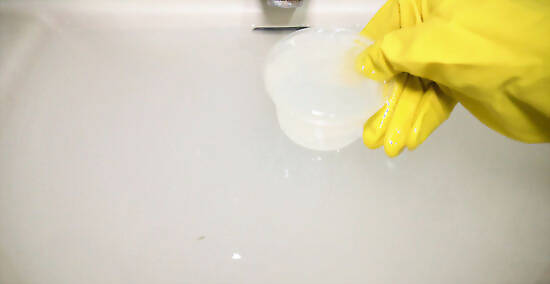
Empty the sink or tub so no water remains. You won't be able to chemically clean the drain when standing water remains. Use a bucket or cup to empty any of the standing water remaining in the tub or sink.
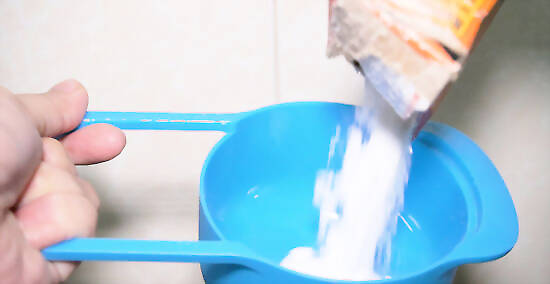
Prepare 1 cup (180g) of baking soda and 1 cup (240 mL) of vinegar. Instead of using store-bought chemicals, you can use chemicals found in your kitchen to clear the drain. Fill 1 cup (180g) with baking soda and 1 cup (240 mL) with a household vinegar. Any vinegar will work for this process. The more acidic the vinegar, the more effective it will be.
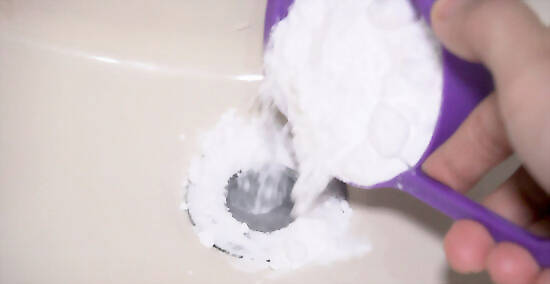
Pour 1/2 cup (90g) of baking soda down the drain. Bring the chemicals beside the drain you're seeking to unblock. Pour 1/2 (90g) a cup of the baking soda down the drain. Make sure that it covers most of the interior. Use a long stick to push the baking soda as far down the drain as possible.

Pour ⁄2 cup (120 mL) of vinegar down the drain then cover it with a rag. Once the baking soda is coating the inside of the pipe, slowly pour ⁄2 cup (120 mL) of vinegar down the drain. You should hear fizzing. This means the desired chemical reaction is working. Once you hear the fizzing, cover the drain with a rag.
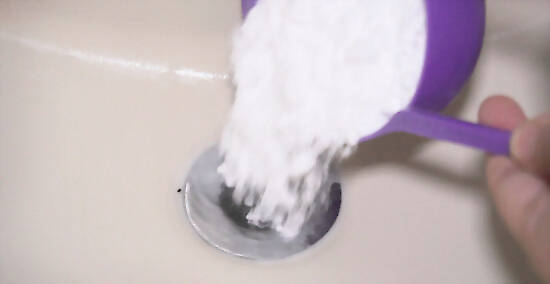
Repeat the baking soda and vinegar process a second time. Listen to the fizzing. When it stops, remove the rag and pour the other 1/2 cup (90g) of baking soda down the drain. Then pour ⁄2 cup (120 mL) of vinegar as well. Let the process repeat, covering the drain with a rag.
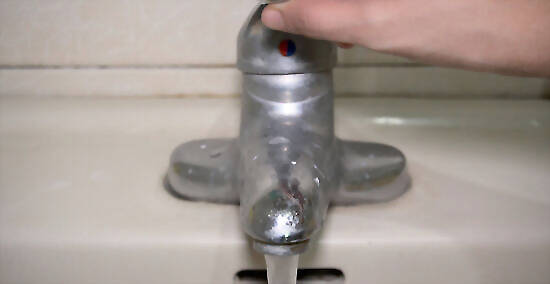
After 30 minutes, pour hot water down the drain. After using the last of the baking soda and vinegar, wait for a full 30 minutes. Then, boil a kettle full of water. Slowly pour the boiling water down the drain. This will clear the remnants of the clog and the chemicals still in the drain.













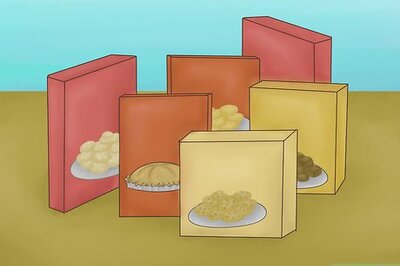




Comments
0 comment